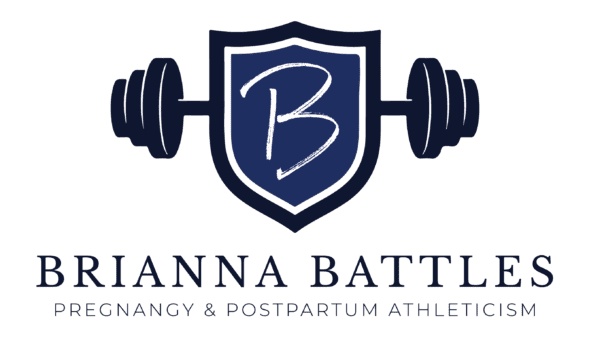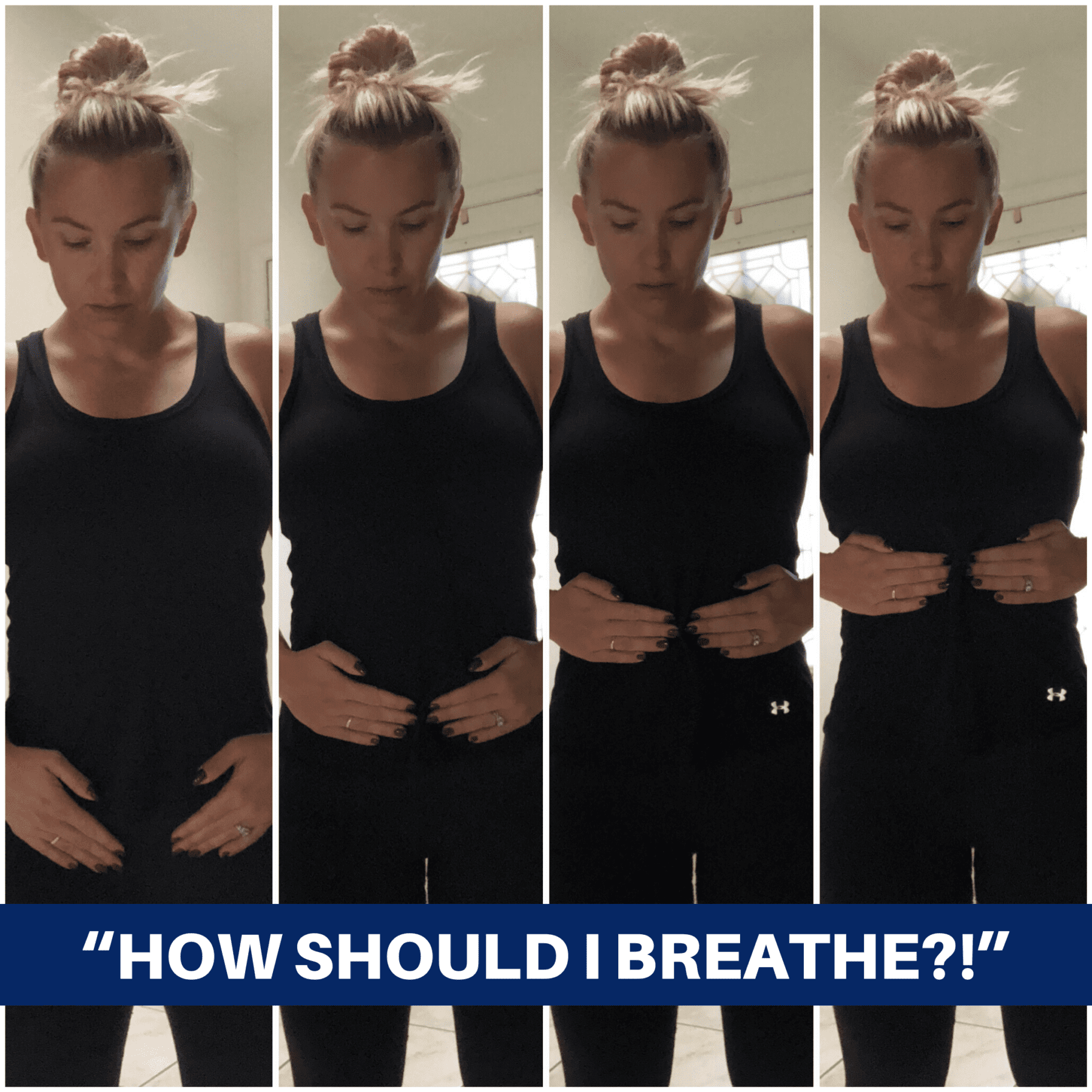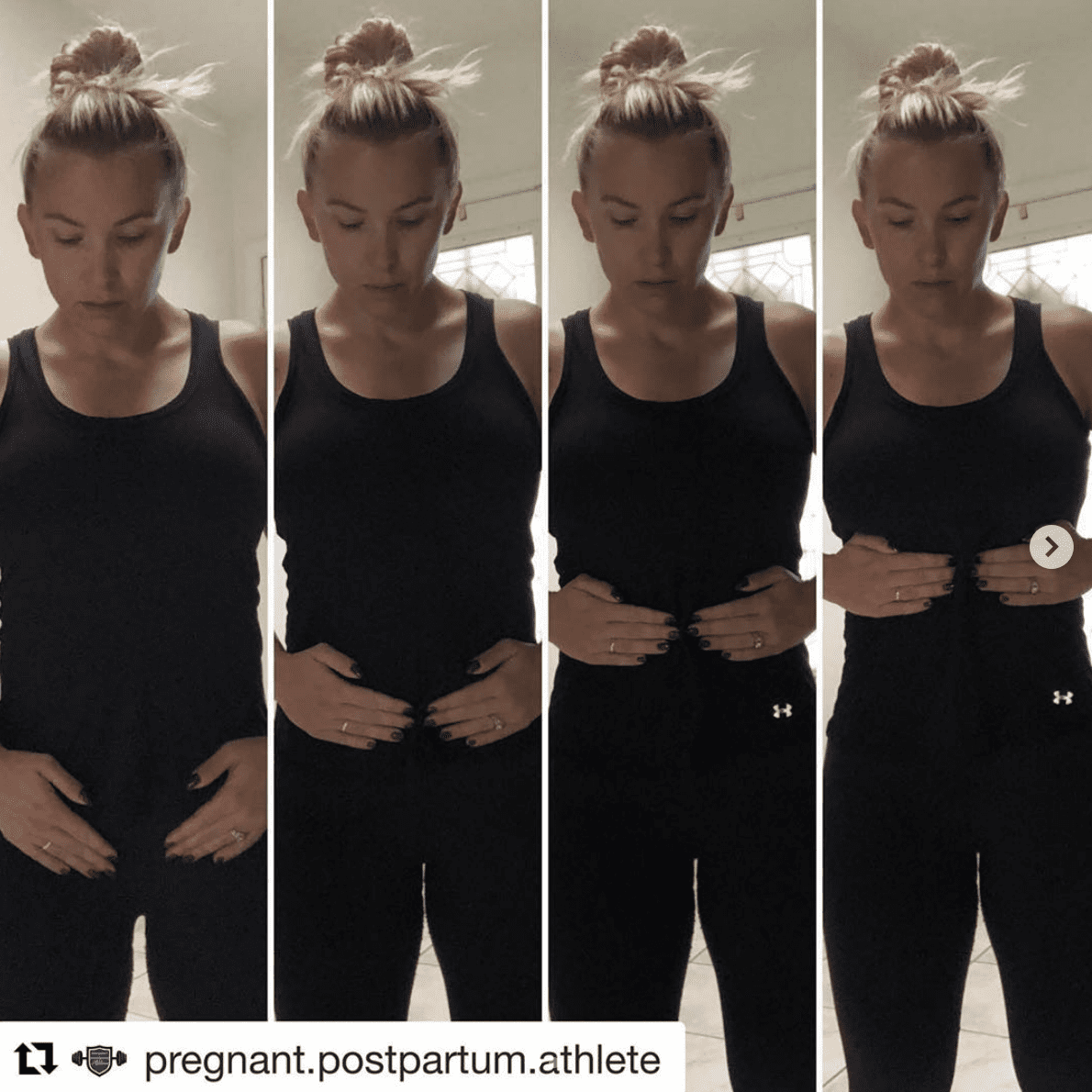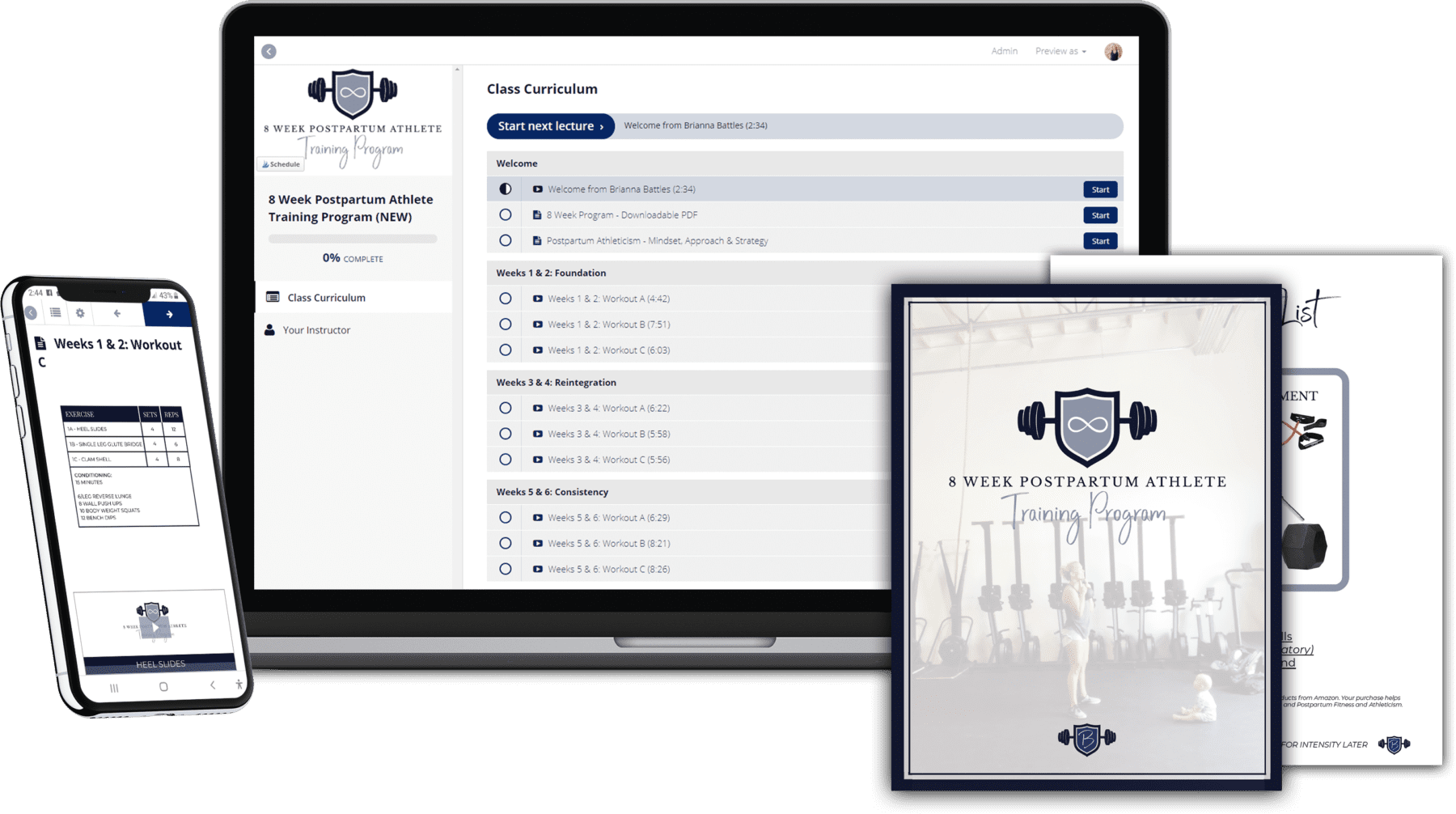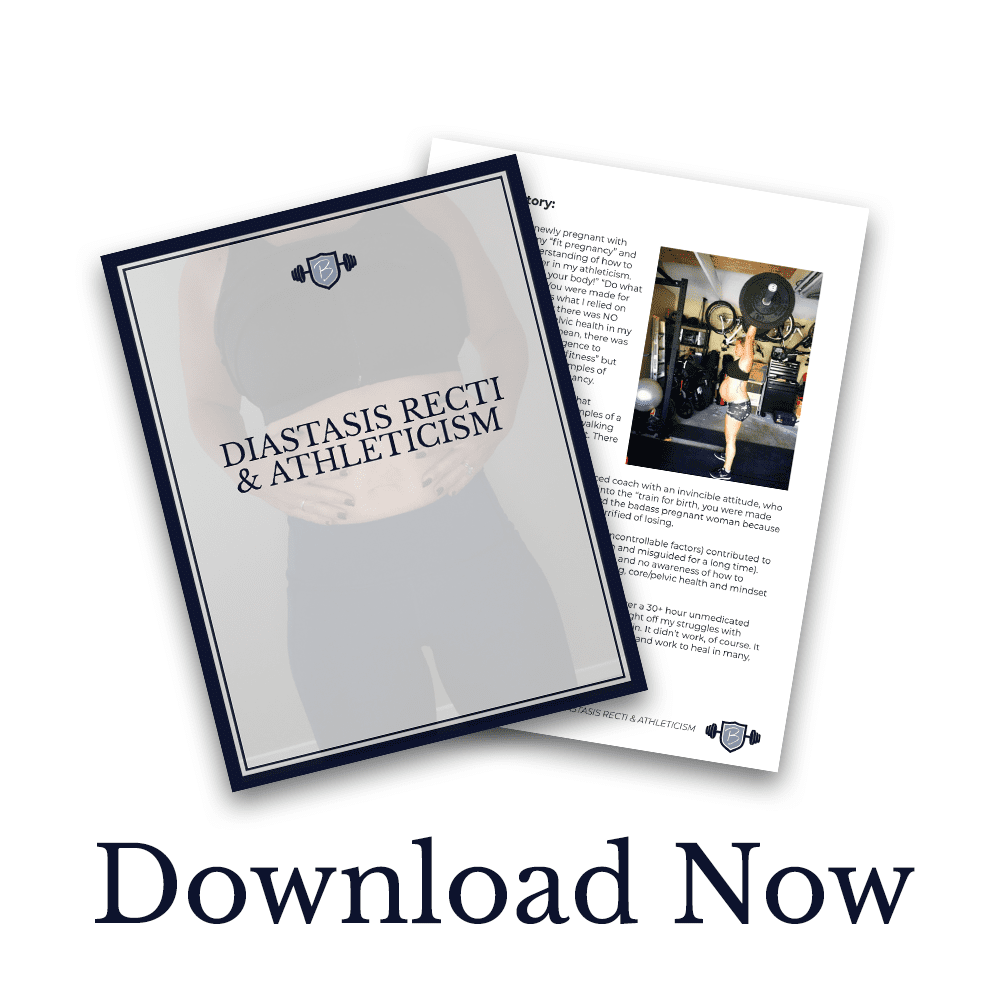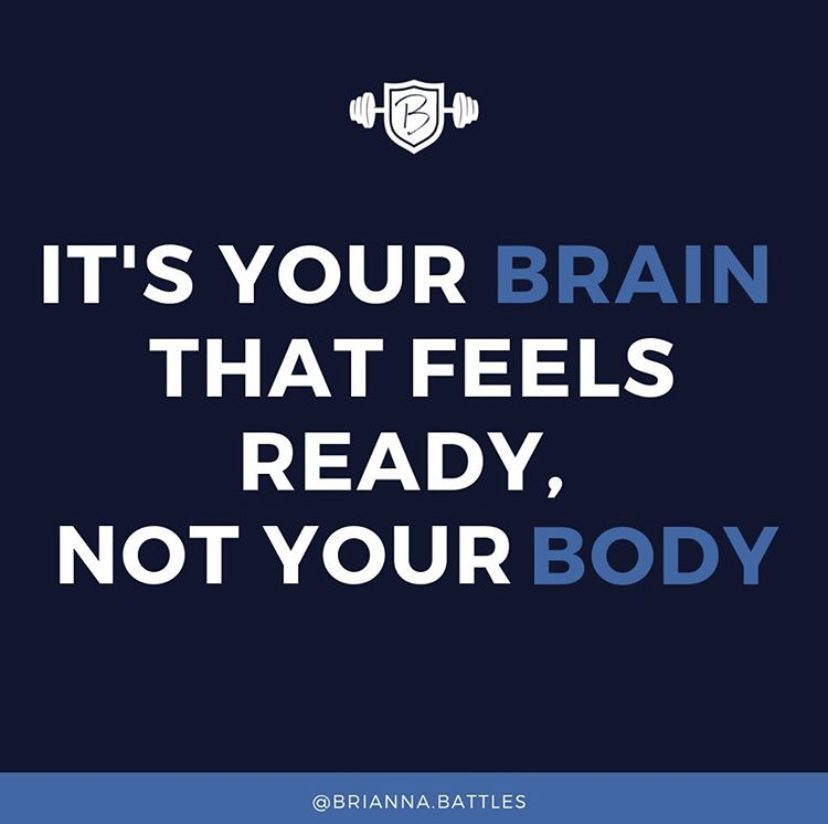Breathing has grown a lot in awareness within the health and fitness industry. You could say it’s had a glow-up of attention over the past few years, yes with good reasons, yes with some overkill.
While breathing is a simple, automatic process that we, of course, take for granted, there are different breath strategies that impact our body and our brain. This is not new, maybe it is trendy, but we do know is that it IS impactful when we recognize tendencies and can use breath as a tool.
Breath influences intra-abdominal pressure (IAP), as does all movement.
When we think about intra-abdominal pressure, you may think of a powerlifter coming out of the bottom of a back squat, eyeballs huge, breath held, belly pushed out into the weight belt.
We know that he is using his breath as a tool to generate more pressure in his abdominal canister - a bracing technique.
You can think about going to yoga, and practice “lions breath” or OM. This is an intentional exhale, with sound, with the intent to relieve tension. Yoga connects the brain to body to movement using breath as a tool to guide intention.
Your tendencies, breath included, need to be prioritized during pregnancy and postpartum, especially as it relates to core, pelvic health and fitness.
We can not “prevent” core and pelvic health symptoms, but we can bring some awareness to help preserve and manage the changes to our body during pregnancy and rehabbing/ reintegrating into fitness postpartum. How we train, our tendencies and approach are variables we can control and manipulate to meet our current and evolving needs.
So, how should I adjust my breathing if I’m trying to be aware of my core, pelvic health and fitness during pregnancy and postpartum (which, is forever)?
This is a helpful sequence to connect what your abs and pelvic floor do in relation to how you breathe, and in turn, how that’s impacting your diastasis, pelvic floor and exercise.
1
Hands on pelvic region: inhale into your hands, then slowly exhale and gently initiate the rise/contraction of your pelvic floor.
2
Hands on lower abdomen: this is where you may feel more transverse abdominal engagement. Inhale into your hands, then exhale and gently think about drawing your fingers closer together with your muscles and breath only. Can you do that without squeezing your butt? Try to isolate this effort for now.
3
Hands on either side of your belly button: inhale into your ribs and stomach, then slowly exhale, imagining your abs traveling toward the center/midline. Do you feel the abs approximating with that exhale?
4
Hands on ribs: inhale gently into your rib cage, let your stomach go. Then exhale and draw your ribs together. “Turn on” more ab (rectus) effort and see if that changes how your ribs are holding. Does the exhale close and slightly draw down the ribs?
1-4 in action
Inhale gently into your ribs and stomach. Let.it.go. Then exhale and kick on the pelvic floor (not just squeezing your ass). Then the TA. Then the center. Then the ribs. It’s like an ab elevator!
And NO it’s not neurotic and sequential forever, just when learning and connecting until it’s more second nature (automatic response) upon varying efforts and demands. Try this laying down as well.
DIASTASIS RECTI & ATHLETICISM
Step away from the confusing and often harmful mixed messages surrounding diastasis recti and download this e-book to broaden your understanding, education, and awareness on this condition.
This is brain effort, not muscle effort, which is so hard to surrender to because it’s learning a new skill that may feel opposite of what you typically do.
However, it yields a positive function and fitness carryover forever when you know different ways to use your breath to influence what your body, fitness/demands needs.
This is why rehabbing a diastasis or improving pelvic floor symptoms isn’t about a 12 week program or specific exercises. It’s mental and physical awareness of tendencies and coordination. It’s not simple, but it’s coachable and eventually, second nature.
There is beauty in the boring. If you want to heal, manage, perform and sustain, it starts here with practice and understanding of the core system process, not monotonous exercises.
I am with you,
Bri
Are you a postpartum athlete looking to improve and progress your body?
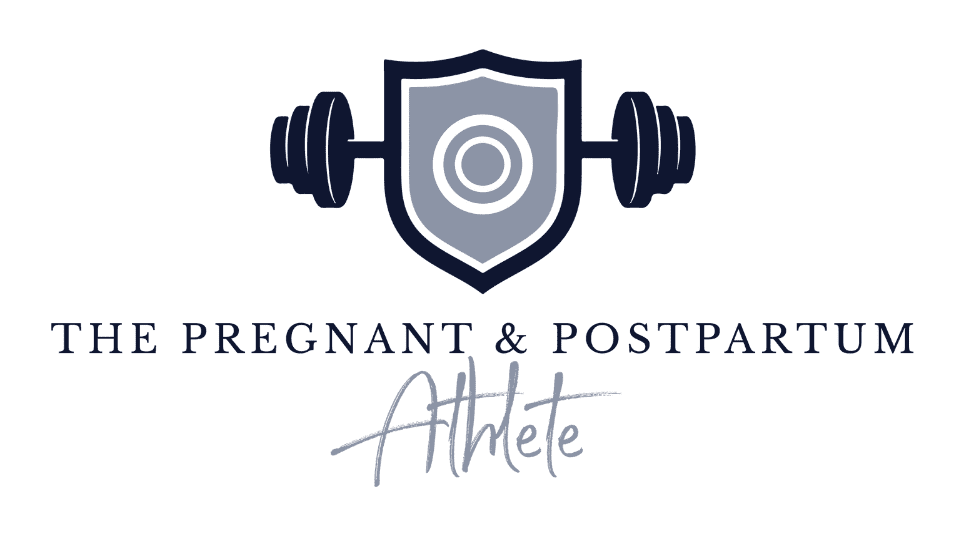
Are you pregnant and everyone has you convinced that “OMG diastasis” or “just listen to your body, do what you’ve always done!” Neither are ok or are enough info.
